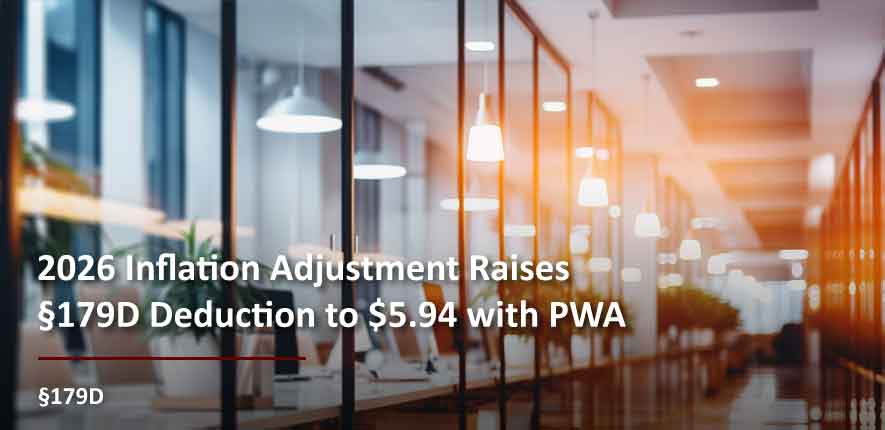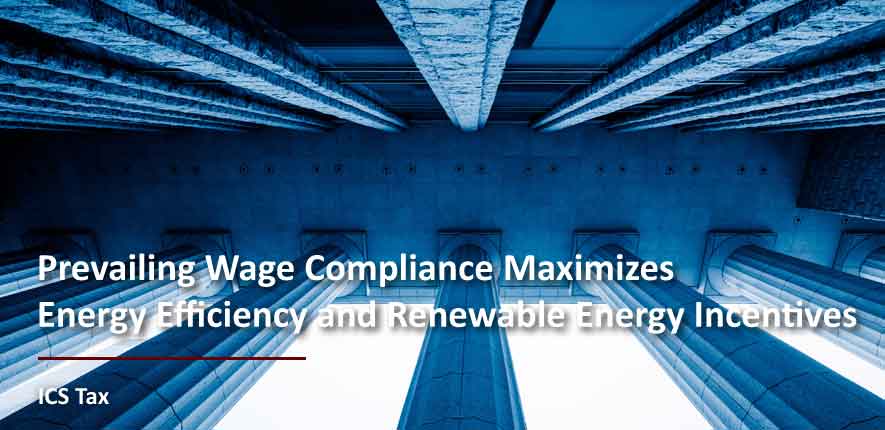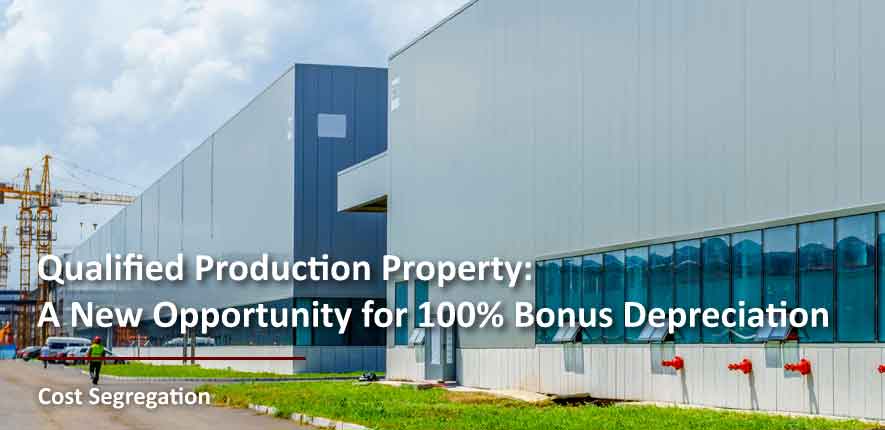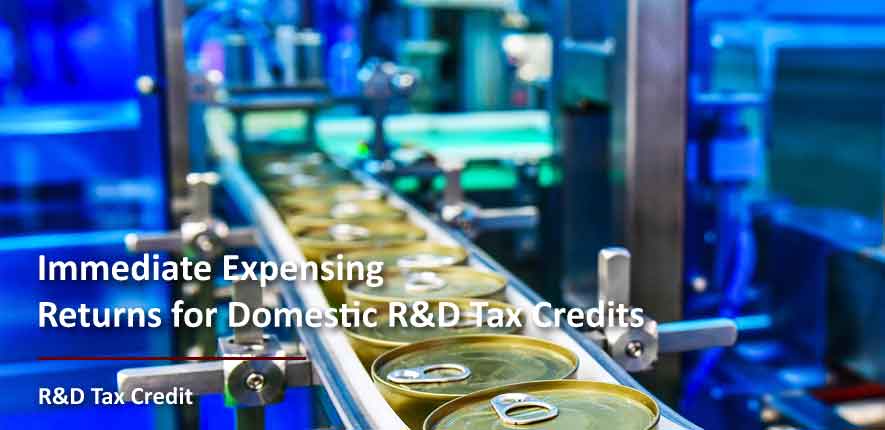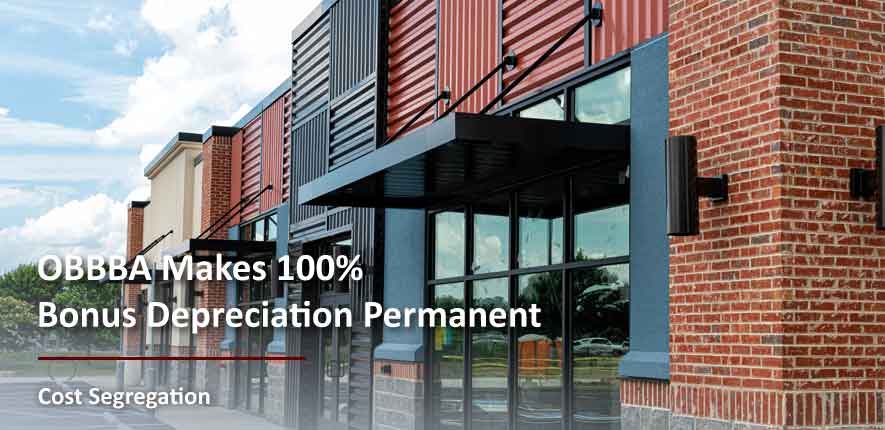The §45L Energy Efficient Home Credit is set to expire for homes sold or leased after June 30, 2026, as mandated by the One Big Beautiful Bill Act of 2025. To qualify, units must be certified and sold or leased by that date. Current credit amounts include $2,500 per unit for single-family homes certified as ENERGY STAR, and $5,000 per unit for those certified under the DOE Zero Energy Ready Home (ZERH) program. Manufactured homes meeting ENERGY STAR or ZERH standards qualify for the same respective credit amounts. For multifamily buildings built after 2020, the credit is $500 per ENERGY STAR-certified unit, or $2,500 per unit if prevailing wage requirements are met. ZERH-certified multifamily units are eligible for $1,000 each, or $5,000 per unit with prevailing wage. For homes sold or leased prior to 2020, the credit amounts are $2,000 per unit for new energy-efficient homes and $1,000 per unit for manufactured homes. With the expiration date approaching, developers should act now to secure these valuable credits....




